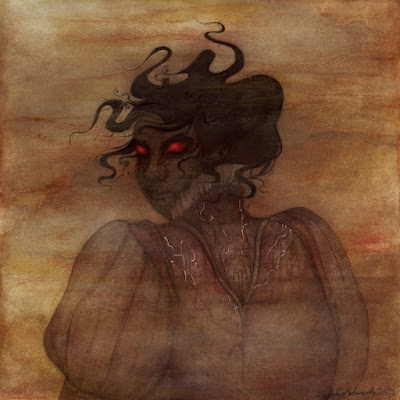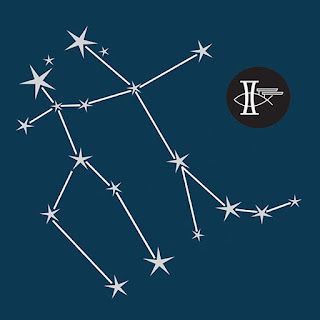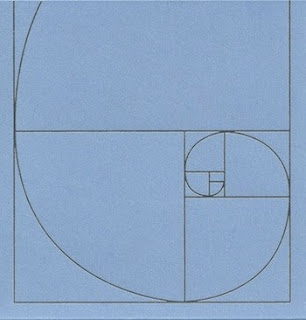17 Pygmies, Isabel II: Abaddon Rising
By Natalya Kolosowski
Isabel II: Abaddon Rising is the fifth of nine recordings that when combined comprise the entire Book of Celestina. We thought you would enjoy following the continuing musical, graphic, visual, and literary science-fiction adventures of the Celestina.
Following their long tradition of blending musical styles 17 Pygmies artfully manages to incorporate Prog, Folk, Pop and Alternative 80’s rock into a single musical style that has allowed the band to follow it’s own unique vision for over 30 years.
17 Pygmies Band Photo 2016 L-R Meg Jean Jack Jeff Dirk
Philip Drucker of 17 Pygmies took some time to explain the story behind album making…
It may all sound a bit odd, but the event that actually triggered the idea for writing the short story, the Flight of the Celestina, the story that would eventually become a three trilogy/nine-part space opera with music and accompanying text, was when I discovered that my maternal ancestors were not from Austria as I believed, but Spain. This revelation sent me on a journey of research and discovery about the arts, music, and culture of the Latin world.
This wasn’t much of a “stretch” as I was already well aware of the works of Picasso, El Greco, Dali, Velasquez and Murillo (to name a few), as well as the music of Del Falla, Isaac Albeniz, and Joaquin Rodrigo (again, to name a few). But one treasure I had not yet discovered was the literary genius of Fernando Rojas, in particular his 15th century novel La Celestina (Tragicomedy of Calisto and Melibea.) The novel is a classic tale of human love, betrayal, and the inexplicable randomness of fate. As I love science fiction (Star Trek is my favorite) the only way I thought the story could have been better was if it were set in outer space. And so that’s what I did. The short story was titled The Flight of the Celestina to reflect the name of the spaceship and rather than being based in a Brothel in 15th Century Spain, Flight takes place in a future society that most closely resembles the Spanish Inquisition on steroids.
There is no government, there is no religion (much less any separation of the two), there are no nations, and there are no corporations. The only organized body is the controlling, mysterious Centre. For its part Centre seeks only abject, unquestioning loyalty and devotion from its citizenry. Disobedience is not tolerated. In return Centre offers protection to the population from whatever menace it finds conveniently available. Of course, even if there is no actual threat and Centre needs one, Centre is not above creating one. One of the main sub-plots involves one of the crew-member’s suspicions that his family died as a result of the actions of Centre. Centre also seems to be on an unrelenting mission to prove the existence of a supreme being.
Within this setting is where the story starts, with the Celestina, a small, generational (no warp drive or hyper-space), scientific (it has no weapons) craft that slowly makes it way through the stars, travelling through wormholes toward its final, classified destination.
So, if you can imagine a story of love, betrayal and the general absurdity of life set in a small space ship with a crew that seems strangely ill suited for this kind of mission, in this instance searching for evidence of a supreme being in a newly discovered black hole in the constellation of Cassiopeia, you get the idea. However, once the story was written, it was time for more. This is where the recordings started.
In 2008 the Celestina short story and Celestina I CD were simultaneously released, the idea being the CD would be a soundtrack to the short story (and if there is a supreme being perhaps a motion picture to follow!) But there was a problem. Celestina only follows the adventures of it’s crew, Captain Robert Mora, Amelia Isabel, and Doctors Calixto, Velasquez and Murillo as well as the character Celestina (a carbon based artificial interface-system that essentially pilots the ship) to the event horizon of the black hole.
How do you stop a story at the event horizon of a black hole? If you are a science-fiction fan you know this is virtually a crime against nature. The story and characters had taken on a life of their own and it soon became obvious there needed to be a Celestina II. After all, there must be something on the other side of a black hole. And so in 2009 Celestina II: Second Son was released. Next, considering most of the characters from the first two stories were still alive, and many new ones added, including Herrod, the leader of the Robots as well as followers, a group of conscious-objecting communal robots hell-bent on abusing hallucinogenic drugs, it was obvious there needed to be a Celestina III: Even Celestina Gets the Blues (A Tale of Love and Quantum Physics) (2012) that followed the story of the remaining crew members adventures after they landed back on Earth. Since the story kept going, I kept going.
Next came Isabel I (2013), a story/CD that explores life above (and below) Nuevo Madrid. Two years in the making, our latest recordings (and accompanying short story) Isabel II: Abaddon Rising (2015) was released. There will be an Isabel III. But the story will not end with the Isabel trilogy. There will be a third trilogy titled Velasquez I, II and III. When completed, the three trilogies, Celestina, Isabel and Velasquez will make up the nine chapters of the Book of Celestina, a collected work that will eventually be released as a specialty boxed-set.
Musically, the CDs have been described as Psychedelic, Sombredelic, New Wave, Cold Wave, Prog, Folk, Space Rock, Classical, Symphonic, and sounding too much and too little like Pink Floyd. I personally feel it just sounds like us. Now you will excuse me, but I have a short story to write…
Array













